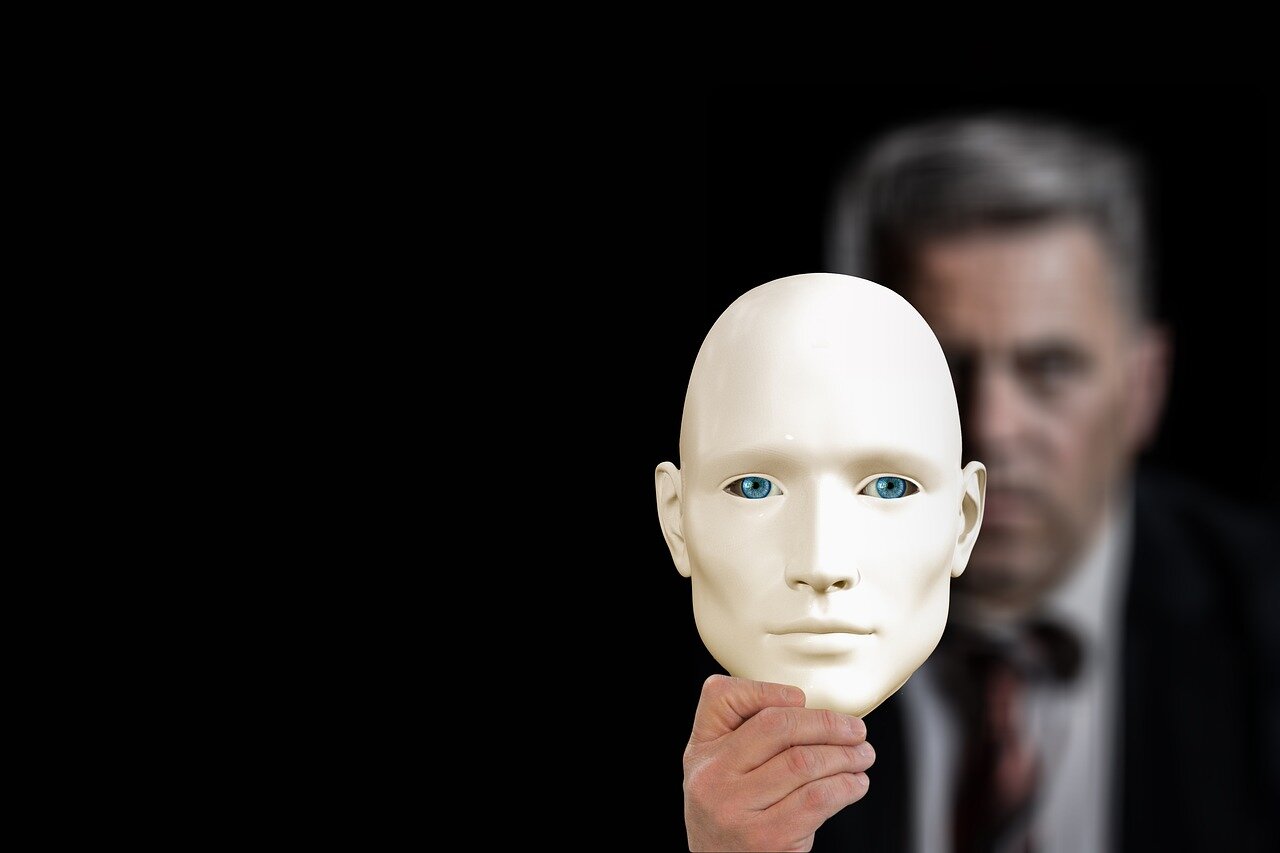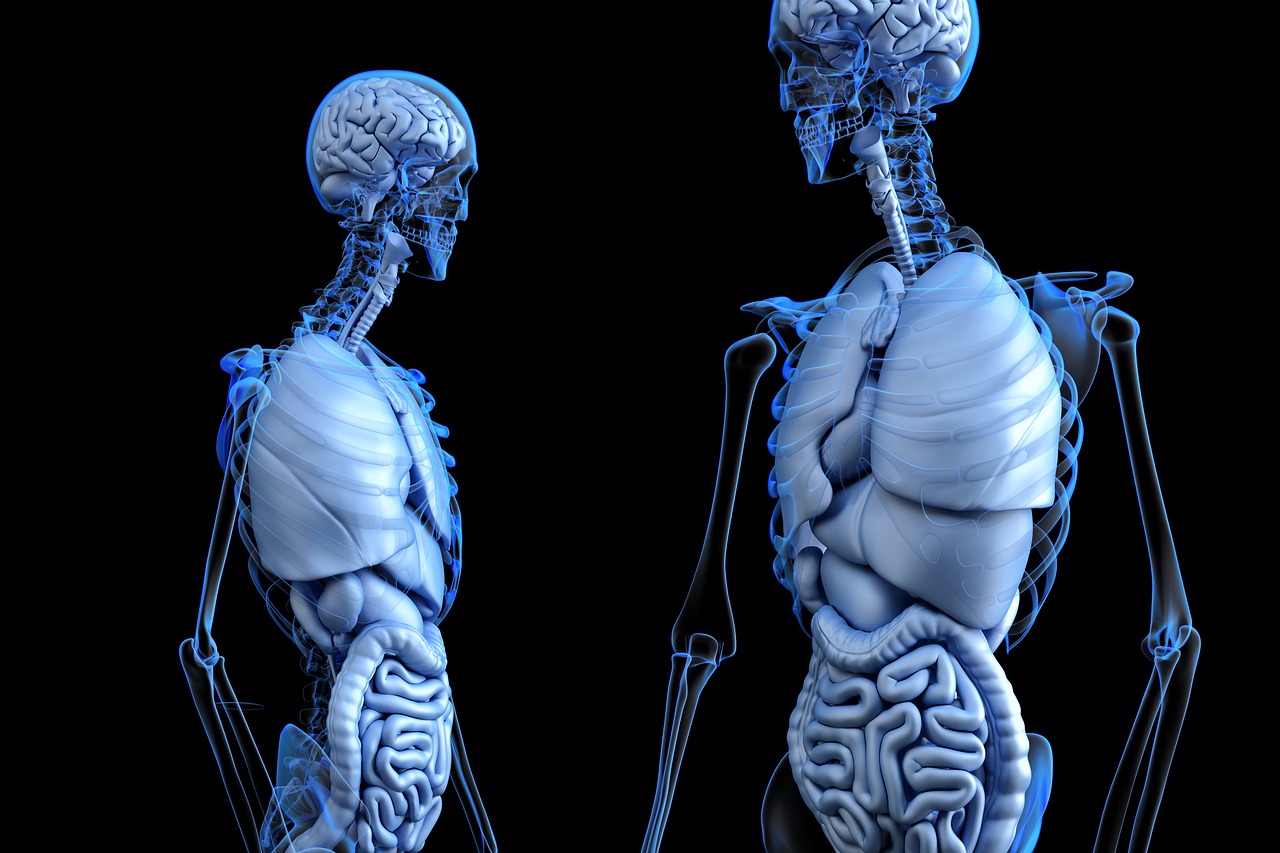In this article, I will make the case that patterns of unhealthy breathing are among the most vital target areas for progressive reduction of the symptoms of Parkinson’s Disease. Breathing dysfunctions are prevalent in people with PD, such as chronic mouth breathing, but, in particular, shallow breathing from the chest and neck, with very little movement of the diaphragm, which has become spasmodic, rigid and stiff. These breathing patterns often precede diagnosis by years or may even be life-long habits, and therefore could have a more causal role, rather than just being an effect of developing the disease. Conversely, if a chemical cure was invented tomorrow, which alleviated the main symptoms, it is very unlikely to fix the unhealthy breathing habits, and so associated chronic health issues are likely to re-emerge. The positive message is that this can be worked on and repaired over time even with PD, and that long term strategies to improve the situation could help reduce symptoms and disease progression, and improve quality of life.
Read MoreMusic Therapy and Parkinson's Disease
I have played piano since the age of seven and taught music all my life, so it is not surprising that my mobility problems initially became evident to me while playing the piano. I had been asked to demonstrate a new piano, which the local church was considering buying, but while playing I found that I could not move the fingers of my right-hand as quickly as those of my left. For the next eighteen months doctors and physios gave me various diagnoses from trapped nerve to dystonia. When I finally consulted a neurologist, the diagnosis of Parkinson’s was a complete shock.
Read MoreFeeling Safe and Parkinson's Disease
This article seeks to convey pragmatic and applicable knowledge of the human nervous system to people affected by Parkinson’s Disease and those involved in providing healthcare and caregiving, as well as to try to summarize for myself my own current understandings of these concepts. In particular, we explore the role of people, attitudes and relationships in the lived experience of people with PD.
Read MoreFeeling Heavy and Parkinson's Disease
A friend suggested I write more about what Parkinson's Disease is like "on the inside". At the same time, I was researching the different senses of the human body, and the problems which can occur with these in PD. Later, I learned about fascia (connective tissue) and its potentially vital role in PD. In this article, I attempt to tie these three threads together.
Read MoreChronic Stress and Parkinson's Disease
Some time ago, I discovered the strong correspondence between the symptoms of stress and the symptoms of Parkinson’s Disease. Later, I found these conclusions were further strongly supported by the book “When the Body Says No” by Dr Gabor Mate. I highly recommend everyone with, or is involved with, Parkinson’s Disease read this book at least once.
Read MoreBrain Healing and Parkinson's Disease
Here are annotated excerpts from the book, on the stages of neuroplastic healing - according to Dr Doidge, this works by modulating or downregulating the abnormal and noisy brain wave activity which occurs in nervous system dysregulations, that are either blocking clear movement and sensory signals or are over-exciting pain responses. It is worth noting that such “noisy brain” problems have been identified as a key element of Parkinson’s Disease.
Read MoreAthletics Training and Competitive Sport with Parkinson's Disease
The Past, Persistence and Parkinson's Disease
By Stefania Lungu, contributing author and person with Parkinson’s Disease.
“I am 66 years old and this is my story. I strongly believe that almost all major illnesses have deep roots in some traumas/shocks we have at certain moments of our lives, which we were not able to “digest”. All my emotional traumas are related to members of my family. My first shock was back in 1994, when I was alone with a little child to raise. Knock-knock, depression installed itself immediately and I was not able to recognize it and give it a proper treatment. I was very angry, and afraid that I would not be able to cope with all my problems. Yet, in all the critical moments of my life, I received from seemingly nowhere some help from ”above”, and somehow I managed to solve step by step the problems which arose, even when I remained jobless in 2000, and by miracle an old tennis friend helped me to find a new job in a bank, that help restore confidence in myself.”
Read MoreHand-Held Accessories and Hand-Eye Co-ordination in Movement Therapies for Parkinson's Disease
An early discovery in pursuing whole-body movement as the principle therapy for increasing my range of motion, re-connecting body and mind, and integrating Primitive Reflexes, was the importance of holding something in my hands as part and parcel of the therapy, thereby enhancing the Applied Neuroplasticity and Somatic Experiencing benefits of movement.
Read MoreLight Therapy and Parkinson's Disease
The purposes of this article, which I will endeavour to keep updated, is to act as a central resource of information on light therapy and its applications to Parkinson's Disease.
Read MoreThe Divided Brain and Parkinson's Disease, Part 2
In this sequel, we examine more closely the issues that an imbalanced brain function causes, in particular when the left brain is overly dominant, and show that there are strong correlations with the major motor and non-motor symptoms and real lives of people with Parkinson’s Disease. We will also explore links to Dorsal Vagus Nerve mediated immobilization.
Read MoreThe Dorsal Vagus Nerve and Parkinson's Disease
In this article, I would like to return to this topic, and concentrate this time on that primitive, reptilian branch of the Vagus Nerve, and its potentially central role in Parkinson's Disease.
Read MoreThe Divided Brain and Parkinson's Disease, Part 1
I have since been considering what Iain McGilchrist’s “Divided Brain” work has to teach us, in the context of trauma and chronic illness, and seeking to employ both hemispheres of my brain in thinking about this. I began to see how Iain’s work provides us with a vital missing part of the puzzle. Indeed, his concept of the "Divided Brain", I now feel, connects so very many of the pieces, and I will endeavour to contexualize and map out my thinking on this here.
Developmental and Shock Trauma and Parkinson's Disease
As for many people with young onset forms of Parkinson's Disease, my diagnosis was given the label "Idiopathic". This term, Idiopathic, is used to denote any disease or condition which arises spontaneously or for which the cause is unknown. This diagnosis was wholly unsatisfactory to me, as I'm a person who needs to know the "why" of things.
Read MoreTennis as Therapy for Parkinson's Disease
Tennis seems to be the perfect exercise to help PD - the hand-eye coordination, sudden quick movements, the thinking process used to execute a shot. I now play most days - mainly doubles - for up to three hours. Luckily, our club has a lot of members so there’s never a shortage of people to play with. And the strange, but rewarding part is that my game is getting better! Four years ago I would never have dreamt that I would be winning club competitions and playing matches for my club in the Leicestershire league. I started playing tennis shortly before being diagnosed in my early 50s, enjoying coaching sessions and playing a couple of times a week with my children.
Read MoreNeural Exercises and Parkinson's Disease
This article explores how I've found that persistent and targeted "neural exercises" can progressively reduce various symptoms/problems of Parkinson's Disease, through neuroplastic processes. In particular, here I will demonstrate specific neural exercises, and how I have significantly improved my own quality of life through pursuing these persistently over time, via entries from my video diary which are interspersed through the article.
Read MorePulsed Electromagnetic Field Therapy for Parkinson's Disease
In this article, we explore a technology which has proven helpful for people with PD, and may work by helping to modulate or quieten these abnormal brainwave patterns.
Read MoreProgressive Reduction in Symptoms of Parkinson's Disease
The purpose of this article is to review the outcomes from employing the pragmatic solutions, covered on this website, for working towards progressive symptom reduction of Parkinson's Disease. In particular, I discuss the outcomes of the persistent practical applications on myself, and demonstrate the improvement through the records of my Video Diary.
Read MoreSelf-Doubt, Guilt, Inner Voices and Parkinson's Disease
While most people will be familiar with the external, physically manifest symptoms of PD, very few have a good grasp of these internal, hidden states, and so don't realize that people with Parkinson's (PwP) are also frozen, rigid and trembling on the inside too. Having engaged with very many PwP around the world, I've learned that there are common personality types, and we tend to have shared, overarching themes of internal emotional states. In particular, I've found that many of us can be described as high achievers, but are wracked with self-doubt and guilt on the inside. This finding appears to especially true in the cohort of PwP who eventually end up with a rigidity dominant form of Early Onset Parkinson's Disease.
Read MoreMeditation and Parkinson's Disease
Pragmatic answers for people with Parkinson's Disease can be gleaned by understanding that one of our fundamental problems is that we're stuck in the Freeze or "Playing Dead" stress mode of our parasympathetic nervous systems. This renders us completely unable to relax, which then necessarily leads to increasing inflammation and toxification of our brains and bodies, with the resulting increase in pain making us ever more stressed - a very vicious circle. Hence re-learning how to relax has to be a principle goal in our recovery: to regain the knowledge of how to switch our "rest & digest" parasympathetic nervous system back on for prolonged periods.
Read More


















